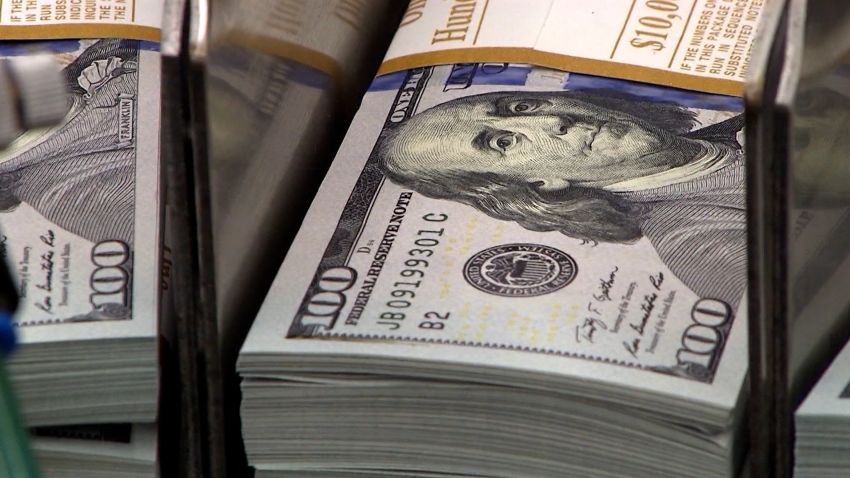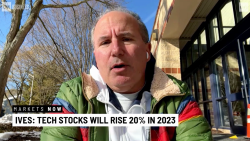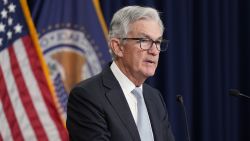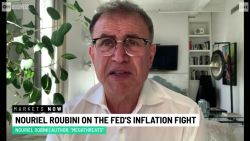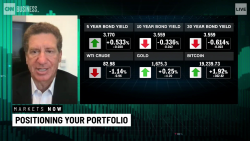Editor’s Note: This is excerpted from a story that originally ran on March 22, 2023.
After two weeks of banking turmoil, the Federal Reserve on Wednesday continued its bid to beat down inflation by raising its key interest rate again, the ninth such hike over the past year.
But the Federal Reserve’s decision on Wednesday to increase its key interest rate for the ninth time since March last year brought welcome news for savers seeking higher yields on their money.
“Returns on savings accounts and CDs are the best in 15 years,” said Greg McBride, chief financial analyst for Bankrate.com. “But the average credit card rate is now at a record high above 20%, auto loan rates are at a 12-year high and mortgage rates are still north of 6.5%. It is as important as ever for savers and borrowers to shop around to get the benefit, or minimize the impact, of rising interest rates.”
Bank savings: Notably higher rates, just not at the biggest banks
Higher rates mean your most liquid savings — those set aside for emergency expenses or short-term goals like a vacation fund or even a down payment that you’ll need in the next 12 months — can finally earn some money for you after years of earning practically nothing. Unless, that is, you’re still keeping your money at the biggest banks. They are offering the lowest rates on savings.
“You’re leaving a lot of money on the table if you don’t go to an online bank,” McBride said.
Just make sure to choose one that is FDIC insured, so you can rest easy knowing your deposits up to $250,000 will be protected should the bank run into trouble.
Among the highest-yielding certificates of deposit, there are some federally insured one-year CDs with rates as high as 5.15%, well above the current 1.62% national average.
So, shop around.
Another high-yield savings option
Given today’s still-high rates of inflation, Series I savings bonds may be attractive because they’re designed to preserve the buying power of your money. You can still get the current 6.89% rate on the I Bond if you purchase it before the end of April.
That rate will stay in effect for six months if you complete your purchase before it resets on May 1. If inflation falls, the rate on the I Bond will fall, too.
There are some limitations: You can only invest a maximum of $10,000 a year. You can’t redeem your bond in the first year. And if you cash out between years two and five, you will forfeit the previous three months of interest.
“In other words, I Bonds are not a replacement for your savings account,” McBride said.
Nevertheless, they preserve the buying power of your $10,000 if you don’t need to touch it for at least five years. They also may be of particular benefit to people planning to retire in the next five to 10 years since they serve as a safe annual investment that can be tapped if needed in the first few years of retirement.

